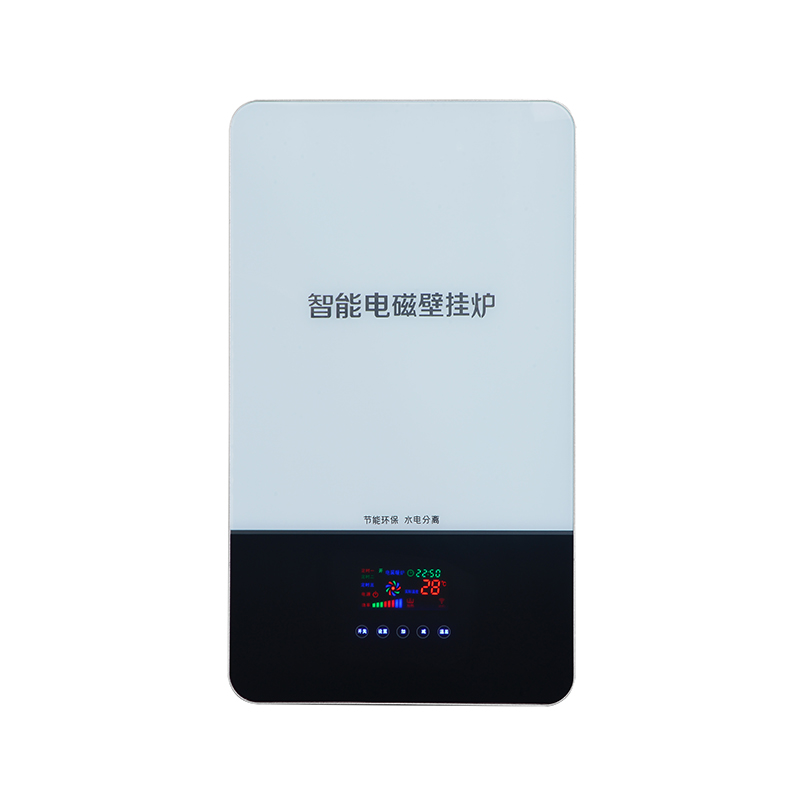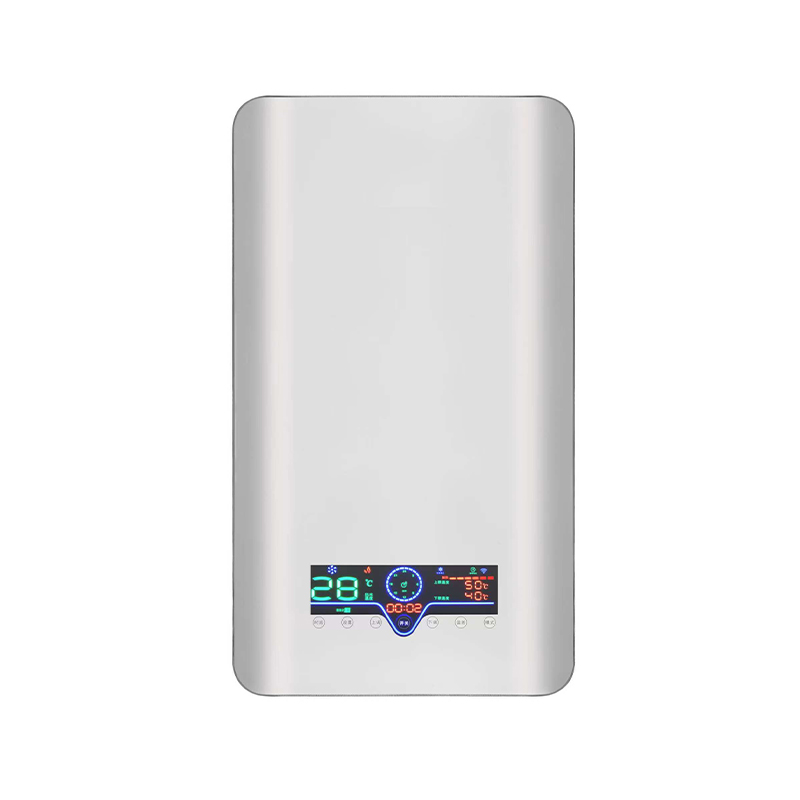How does electromagnetic heating furnace achieve rapid heating?
Release Time : 2025-04-29
The rapid heating of electromagnetic heating furnace is based on the principle of electromagnetic induction. When alternating current passes through the coil of electromagnetic heating furnace, an alternating magnetic field will be generated around the coil. According to Faraday's law of electromagnetic induction, a magnetizer in an alternating magnetic field will generate countless closed eddy currents inside it. These eddy currents will generate a large amount of Joule heat under the action of the resistance of the magnetizer, causing the magnetizer to heat up rapidly. This heating method directly converts electrical energy into thermal energy without transferring heat through an intermediate medium, reducing the loss during heat transfer, greatly improving the heating efficiency, and providing the possibility for rapid heating.
Electromagnetic heating furnaces usually use high-frequency alternating currents to generate magnetic fields. High-frequency currents can make the magnetic field change more rapidly, thereby generating stronger eddy currents in the magnetizer. According to Joule's law \(Q = I^{2}Rt\) (where \(Q\) is heat, \(I\) is current, \(R\) is resistance, and \(t\) is time), the greater the current, the more heat is generated. Moreover, high-frequency current can also make eddy current concentrate near the surface of the magnetic conductor, forming a "skin effect", further improving the concentration and efficiency of heating, making heating more rapid and uniform, and allowing the heated object to reach a higher temperature in a short time.
The coil design of electromagnetic heating furnace also plays a key role in rapid heating. High-quality coils usually use highly conductive materials, such as copper, to reduce resistance and reduce energy loss during current transmission. At the same time, the number of turns, winding method and shape of the coil are carefully designed to optimize the magnetic field distribution, so that the magnetic field can act on the heated object to the maximum extent, enhance the electromagnetic induction effect and improve the heating efficiency. For example, some coils use a flat spiral design, which can increase the magnetic field action area, allowing the heated object to more fully absorb the magnetic field energy and achieve rapid heating.
In addition to electromagnetic induction heating, the rapid heating of electromagnetic heating furnace also benefits from its good heat transfer performance. The heated object is usually a metal material with good thermal conductivity, such as iron, steel, etc. After generating eddy current heat, these materials can quickly transfer heat to the entire object, causing its overall temperature to rise rapidly. Moreover, the structural design of electromagnetic heating furnace is also conducive to heat accumulation and transfer. For example, the heating cavity is wrapped with insulation materials to reduce heat loss to the surrounding environment, so that the heat can act more concentratedly on the heated object and speed up the heating speed.
Electromagnetic heating furnace is equipped with a precise power control system, which can flexibly adjust the output power according to the material, size and heating requirements of the heated object. In the early stage of heating, the system can provide a large power to quickly heat up the heated object; when it approaches the set temperature, the power will automatically decrease to avoid excessive temperature, achieving precise temperature control while ensuring the rapidity of heating. This precise power control not only improves the heating efficiency, but also effectively prevents energy waste and prolongs the service life of the equipment.
The advanced control system of electromagnetic heating furnace can monitor and adjust various parameters in the heating process in real time. Sensors collect temperature, current, voltage and other information in real time, and feed these data back to the control chip. The control chip dynamically adjusts the heating power, frequency, etc. according to the preset program and algorithm to ensure that the heating process is always in the best state. Even if there are voltage fluctuations or other interference factors during the heating process, the control system can respond quickly to ensure the stability and rapidity of heating.
Although the electromagnetic heating furnace is mainly for rapid heating, good heat dissipation design is equally important. Reasonable heat dissipation design can ensure that the electronic components and coils of the electromagnetic heating furnace operate within the normal operating temperature range, avoiding performance degradation or damage due to overheating. By optimizing the heat dissipation structure, such as using heat dissipation devices such as heat dissipation fans and heat sinks, the heat can be dissipated in time, so that the equipment can work continuously and stably, providing reliable guarantee for rapid heating.
The electromagnetic heating furnace achieves the function of rapid heating through the synergy of electromagnetic induction principle, high-frequency alternating current, efficient coil design, good heat transfer performance, precise power control, advanced control system and optimized heat dissipation design, providing an ideal heating solution for various application scenarios that require rapid and efficient heating.





